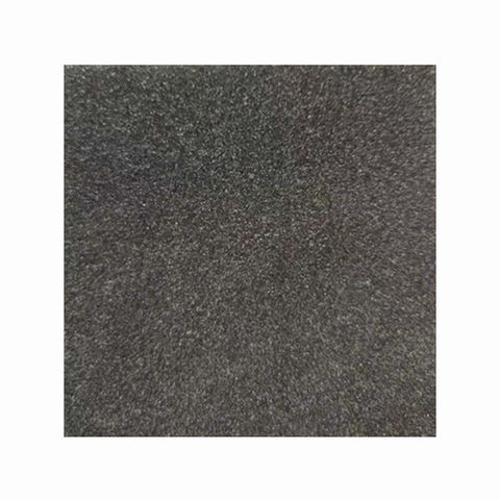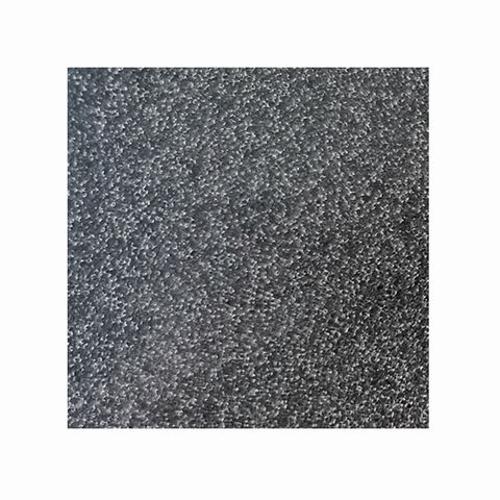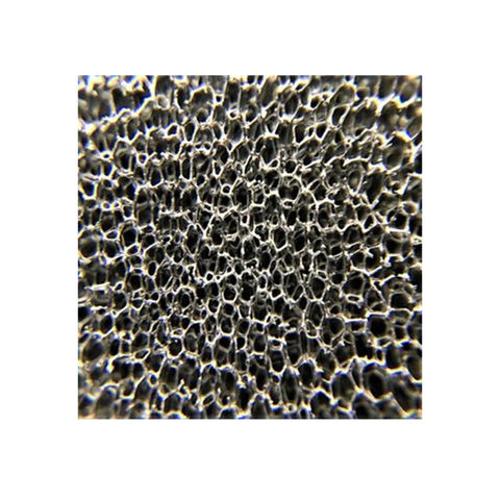Graphene Foam
Graphene foam is a three-dimensional porous material made of quasi-two-dimensional graphene as a basic component articulated by disordered stacking, which belongs to a typical form of carbon sponge.
This material has two types of pores, macroscopic structural pores and microscopic defective pores, and the scale can be as small as nanometer and as large as millimeter. Graphene foam combines the advantages of graphene and porous materials, so it has received extensive attention from the scientific and technological community at home and abroad.
Its preparation process involves cold pressing the material to densify it, heating to turn polyacrylonitrile (PAN) into graphene, chemically treating the resulting material to remove nickel, and using a vacuum to pull epoxy into the existing porous material.
This material has the advantages of low temperature resistance, good electrical conductivity, large specific surface area, high compression resistance, and good mechanical properties, and is used in aerospace, lithium-ion batteries, military industry, micro-nano-processing, biomedicine and other fields have a broad application prospects




